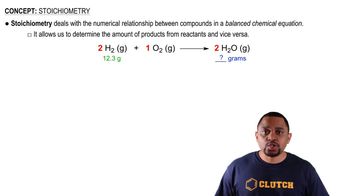Which description of an element is incorrectly matched with its location in the periodic table? (LO 2.5–2.6)
(a) Element 3—An element in the transition metal group that is a good conductor of electricity.
(b) Element 2—An element that is in the halogen group and does not conduct electricity.
(c) Element 4—An element in alkali metal group that is found in its pure form in nature.
(d) Element 1—An element that is a solid at room tempera-ture, brittle, and a poor conductor of electricity.



